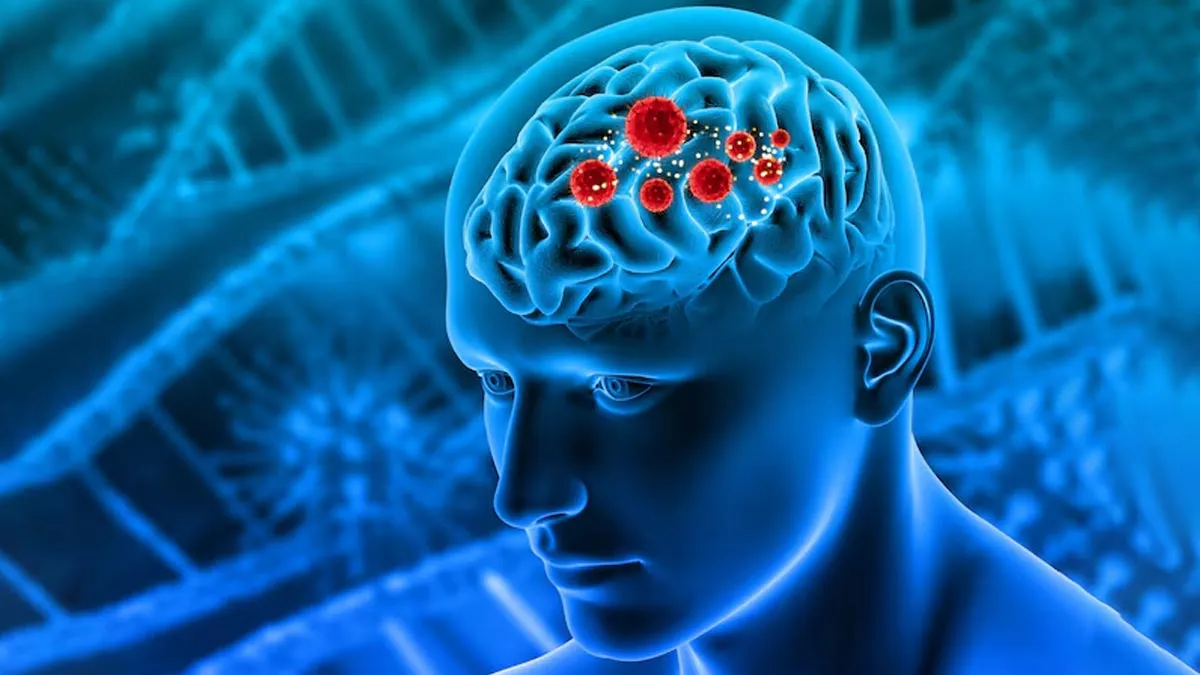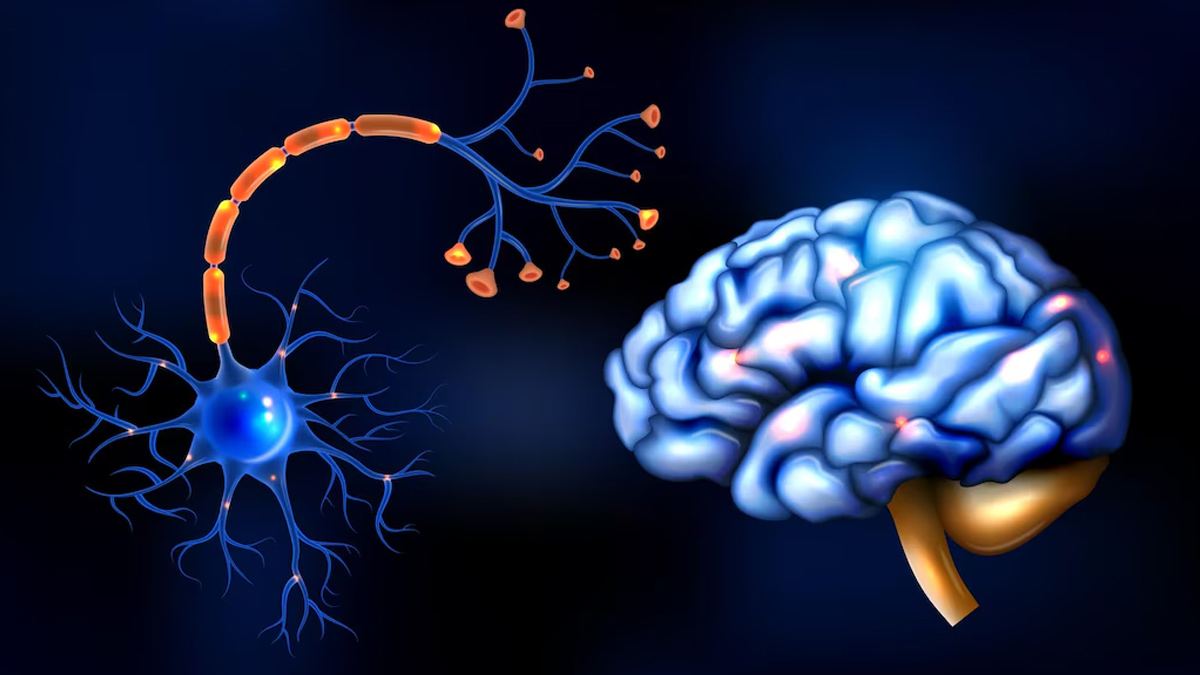
Hearing the word 'tumour' can feel scary, especially when you’re unsure what it means or how it might affect you or a loved one. Neuroendocrine neoplasms (NENs) are a unique type of tumour that can be difficult to detect because they often grow slowly and may not show symptoms for years. These tumours develop in special cells that help manage hormones and respond to the nervous system. We spoke to our expert Dr Krishna Reddy, Consultant - Medical Oncologist and Bone Marrow Transplant Physician, Manipal Hospital, Vijayawada, who explained these tumours, their symptoms, and how they’re treated.
Table of Content:-
What Are Neuroendocrine Neoplasms (NENs)?

“Neuroendocrine Neoplasms (NENs) are abnormal growths that develop in neuroendocrine cells, specialised cells found throughout the body that produce hormones in response to nervous system signals. These tumours can occur in various organs, most commonly in the digestive tract, pancreas, and lungs, but they may also appear in other areas,” said Dr Reddy.
NENs can vary greatly in behaviour. Some grow slowly, while others progress rapidly. Additionally, certain types release hormones into the bloodstream, causing noticeable symptoms, while others remain silent for long periods.
According to the Journal of Clinical Medicine, NENs can be classified into two main types based on histology: well-differentiated Neuroendocrine Tumours (NETs) and poorly differentiated Neuroendocrine Carcinomas (NECs). NETs are made up of cells with oval to round nuclei and a granular chromatin structure, giving them a "salt and pepper" appearance, along with a higher level of neuroendocrine marker expression. On the other hand, NECs are poorly differentiated and show a 'sheetlike' growth pattern, with a lower expression of neuroendocrine markers.
Also Read: Tumour Necrosis Factor And Inflammation: Expert Explains The Link Between The Two
Symptoms of Neuroendocrine Neoplasms
Symptoms of NENs depend on their location and whether they produce hormones. Some people experience no symptoms and only discover the tumour incidentally during tests for other conditions.
Common Symptoms Based on Tumour Location:

- Digestive Tract: Nausea, vomiting, abdominal pain, or diarrhoea.
- Pancreas: Jaundice (yellowing of the skin), excessive stomach acid, weight loss, or blood clots.
- Lungs: Coughing, wheezing, chest pain, or coughing up blood. In some cases, the tumour can block part of the lung, leading to pneumonia.
Carcinoid Syndrome
Sometimes, an NEN can cause ‘carcinoid syndrome’. This is when the NEN asks for hormones and another substance that gets into the blood, causing symptoms. It can cause some of the following symptoms:
Carcinoid Syndrome can cause:
- Episodes of flushing, which is when the skin gets red or purple and feels hot. This can happen without warning or be triggered by eating certain foods, drinking alcohol, having a bowel movement, stress, or surgery.
- Spider veins (small, swollen veins), usually on the nose, cheek, or upper lip.
- Watery diarrhoea
- Wheezing (noisy breathing), or trouble breathing
- Swelling of the legs
- Feeling very tired
Also Read: Glioblastoma Vs Other Brain Tumours: Expert Explains Their Similarities And Differences
Diagnostic Tests for NENs
If your doctor suspects you have an NEN, they will do one or more of the following tests:

- Blood and Urine Tests: These are used to detect abnormal hormone levels in the body.
- Imaging Tests (MRI or CT Scans): To visualise growths inside the body and show abnormal growths. In some cases, a ‘tracer’ chemical is injected to pinpoint the tumour.
- Endoscopy or Colonoscopy: Using a thin, camera-equipped tube to examine the gastrointestinal tract.
- Biopsy: Removing a small tissue sample for microscopic examination to confirm malignancy.
Treatment Options for Neuroendocrine Neoplasm
The treatment approach depends on the tumour's location, size, and stage.

- Surgery: Often used to remove localised tumours completely.
- Ablation Therapy: This is a technique that can eradicate liver cancer cells. Ablation therapy can be done in different ways by doctors. They can kill the cancer cells using extreme cold, heat, microwaves, a laser, or radiation therapy.
- Embolisation: Cutting off the blood supply to the tumour, sometimes combined with chemotherapy or radiation.
- Chemotherapy: A method of killing or slowing down the growth of cancerous cells.
- Targeted Therapy: Medicines designed to attack specific cancer traits.
- Lutetium Lu 177-Dotatate: A radiation-based treatment delivered directly to cancer cells through an IV.
- Symptom-Relief Medications: To manage symptoms like diarrhoea or flushing.
Prognosis Of Neuroendocrine Neoplasms
Dr Agarwal explained, “Most neuroendocrine tumours grow slowly, and many localised cases can be cured with surgery. For metastatic tumours, treatment aims to manage the condition rather than cure it. While some aggressive forms have a poorer outlook, many individuals with NETs can live long and fulfilling lives, especially with hormonal therapies that help control symptoms.”
[Disclaimer: This article contains information provided by an expert and is for informational purposes only. Hence, we advise you to consult your professional if you are dealing with any health issues to avoid complications.]
Also watch this video
How we keep this article up to date:
We work with experts and keep a close eye on the latest in health and wellness. Whenever there is a new research or helpful information, we update our articles with accurate and useful advice.
Current Version
